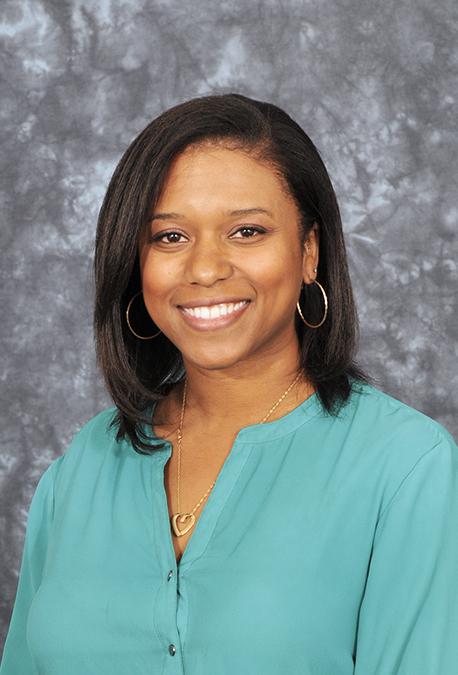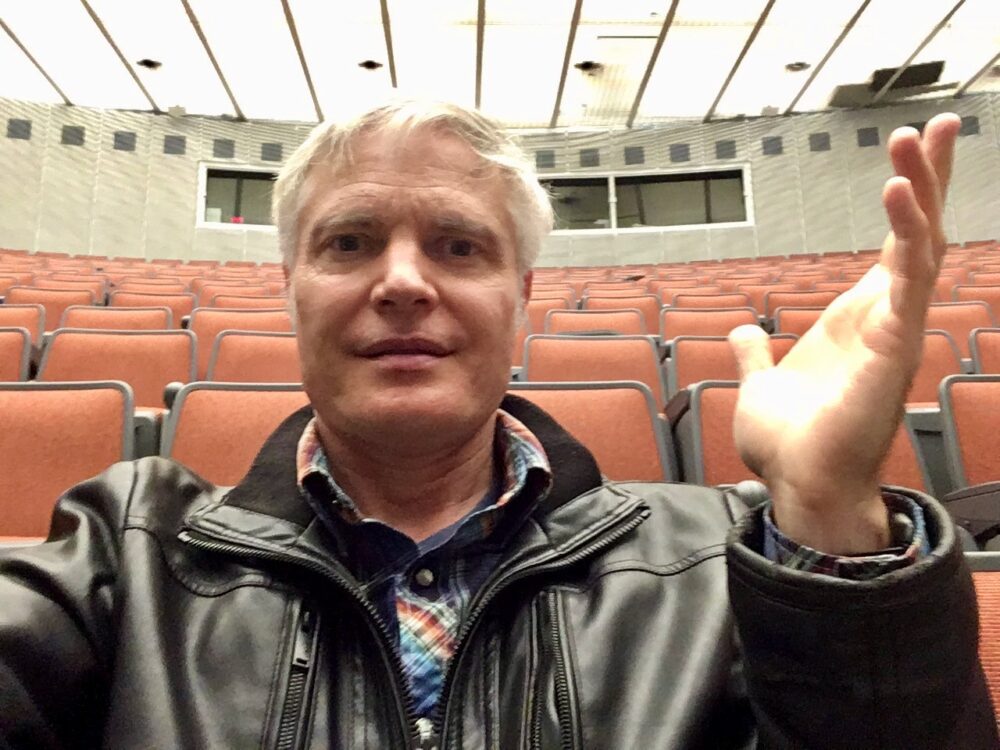By Jeané Blunt. Ezra Daly is an educational technologist at UC Berkeley. Like many others in the UC IT community, the pandemic created new challenges for Ezra and his department. Learn how he continues to adapt his role to support the university.
Explain your transition into your current position.
I came to Cal in 1999 and my job was focused on working with faculty in classrooms, training students on equipment, and operating video conference courses and special events.
I did some pandemic mitigation with video conferencing when the SARS epidemic broke out, and with two Ebola outbreaks, but it was on a much smaller scale. So this isn’t new to me!
Prior to the pandemic, I was working in Educational Technology Services on campus amidst the students, instructors and characters who make up Berkeley. During the year we were remote, I was transferred to Digital Learning Services in the online space. I was charged with spinning up a new service called Zoom for Instruction. I still worked closely with faculty to support teaching, only with a new team, some I’ve only met online.
Now I am back on campus in Educational Technology Services and brought Zoom for Instruction with me. While most of us worked from home, the essential staff at ETS upgraded dozens of classrooms to what we call video-conference capable rooms. In the Spring, while we waited for the decision about what the Fall semester would look like, we planned for three possible scenarios.
Our worst-case scenario was hybrid courses being taught in spaces not equipped for the task while COVID continues to thrive. That is where we are now! Many courses are accommodating remote students in a hybrid format, and this is by far the most difficult format because there are so many logistics. It requires practice and an assistant to succeed in providing an equitable experience to people both in the classroom and remote, while simultaneously setting up at least one computer, camera, classroom microphone, and Zoom in a ten-minute class change. With hybrid courses and WiFi outages on campus for the first few weeks of the semester, Fall 2021 has been the most challenging semester in my 22 years on campus.
How did you help UCB transition to online learning early in the pandemic?
In July 2020, when we found out that leadership decided to make the fall semester completely online and there would be no on-campus instruction, we had six weeks to get everything up and running for the first day of instruction. That’s when I was switched over from Educational Technology Services to Digital Learning Services to help spin up the service for Zoom for instruction.
One of the biggest challenges right off the bat was our Zoom accounts support up to 300 students. We have some classes now that have up to 2,000 students enrolled. There were about 80 classes with over 300 people, where they wanted to do synchronous learning (some opted to go completely asynchronous). Several large Zoom accounts needed to be created. Zoom said they were going to take four to six weeks to create the accounts, but we were five weeks away from the start of classes at that point. Once the accounts were created, the instructors still needed to learn how to use them. It was pretty stressful, but we got everything going.
Were you worried the transition to online learning wouldn’t meet the fall 2020 deadline?
Classes started on Wednesday, August 23, 2020. On Monday morning, August 21, I got on my computer around 7 a.m. and Zoom was down nationwide. Needless to say, I was very concerned. I thought, “Oh no, Zoom hasn’t been able to scale up in time and the universities starting up are overwhelming the system. It’s going to be a complete disaster, so of course it’s in my lap.”
But it got resolved within a couple of hours! Zoom was really rock-solid throughout the year. I’ve never been more impressed with a tech company, in terms of how quickly they scaled up and the support they’ve given us.
Zoom wasn’t designed for online education. There have been dozens of upgrades, from breakout rooms to presentation options. It’s become such a powerful tool for instructors to use that, even when back in person, inevitably some people will be using Zoom just for the active learning tools they provide.
Do you enjoy the work you’re doing now?
I do enjoy it. I’m learning a lot and I’m excited about this new frontier, being at the forefront of this technology, and thinking of ways it can be implemented in education and also collaboration. I mean it’s pretty amazing. We’ve used these interactive video tools to communicate with the International Space Station and ships out at sea. It really is pretty far out.
 Jeané Blunt is IT communications and UC FCC licensing coordinator, Information Technology Services, UC Office of the President.
Jeané Blunt is IT communications and UC FCC licensing coordinator, Information Technology Services, UC Office of the President.







